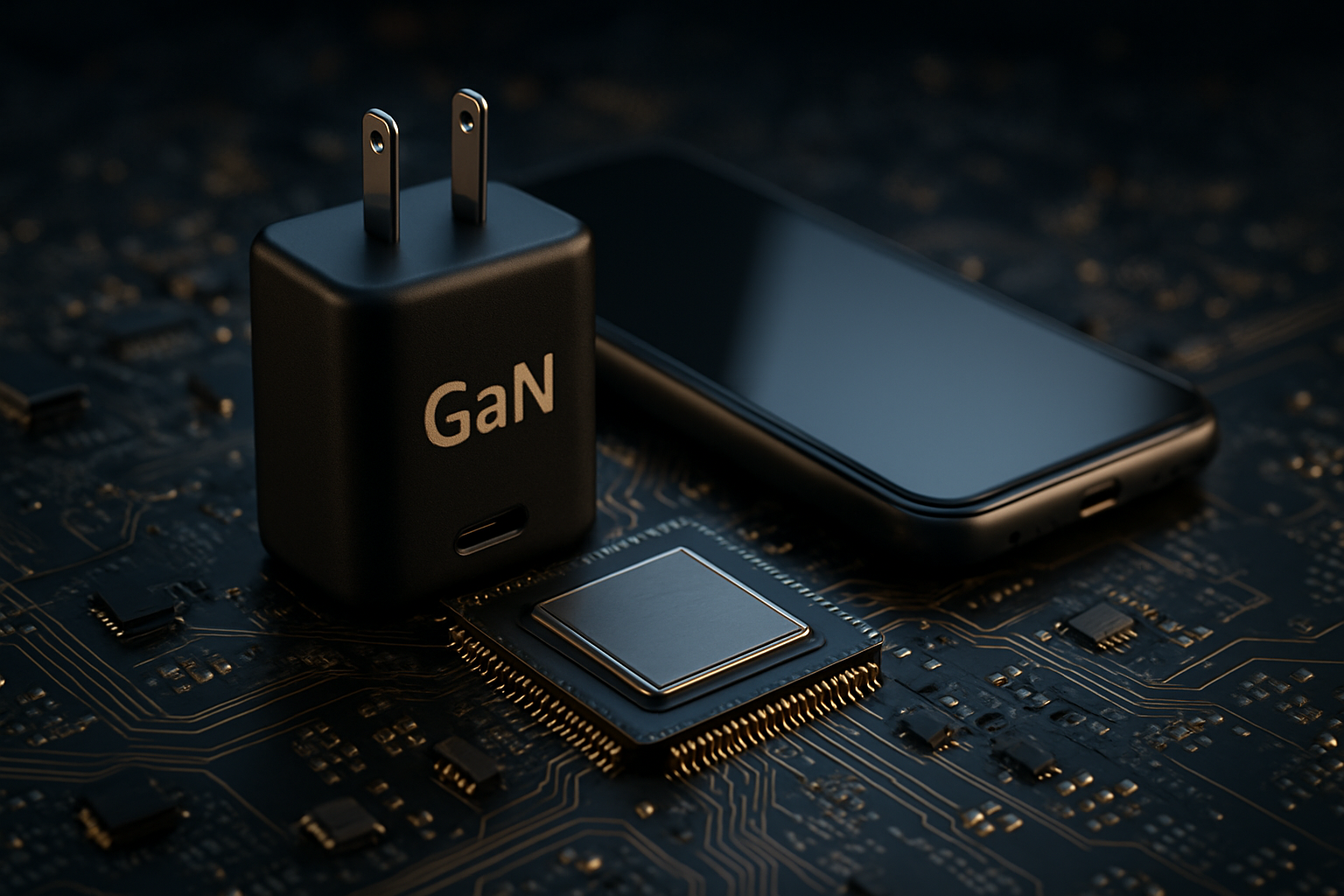Beyond Silicon: The Emergence of Gallium Nitride in Tech Sector
It's time we talk about a new hero in the electronics world: Gallium Nitride (GaN). While Silicon has long been the heart of our electronic devices, GaN is rising as a dark horse, offering an enticing blend of efficiency and power that could revolutionize our tech world.

Why Gallium Nitride?
GaN is a binary III/V direct bandgap semiconductor commonly used in bright light-emitting diodes since the 1990s. The compound is a hard, mechanically stable wide bandgap material with excellent heat capacity and thermal conductivity. In its purest form, it resists cracking and can be deposited in thin film on sapphire or silicon carbide, despite the mismatch in their lattice constants. GaN transistors have been available since 2006.
The Silicon Era
Silicon has ruled the tech world for the past five decades. It has been the base for transistors, semiconductors, and chips, playing a crucial role in the digital revolution. The properties of silicon, including its ability to insulate and conduct, have been instrumental in its adoption. However, silicon has its limitations. As devices get smaller and more powerful, the performance of silicon starts to waver.
Gallium Nitride’s Rise
GaN, in contrast, has several advantages over silicon. It has higher breakdown strength, faster switching speed, higher thermal conductivity, and lower on-resistance. More importantly, GaN can operate at higher temperatures and voltages than silicon. These properties make GaN devices more efficient, smaller, and even cheaper in the long run.
Current Developments
Recently, tech giants like Apple have started to adopt GaN for their devices. The iPhone 12, for instance, is rumored to include a GaN-based charger. GaN chargers are smaller, more efficient, and run cooler than their silicon counterparts. If GaN technology continues to be adopted at this rate, the silicon era could soon be a thing of the past.
Estimations suggest that by 2025, the GaN power device market could be worth $1.5 billion, with a compound annual growth rate (CAGR) of 93.7% from 2020 to 2025. The adoption of GaN in electric vehicles, renewable energy, and telecommunications could drive this growth.
The Future of Gallium Nitride
The future of GaN looks promising. As technology advances, devices become smaller, and energy efficiency becomes crucial, GaN could take the lead. Research is underway to improve GaN’s performance and reduce its manufacturing costs. The day might not be far when Gallium Nitride, the new hero of the tech world, dethrones silicon.
With its potential to improve power efficiency and enable smaller, lighter, and less energy-consuming devices, GaN is setting a new standard in the tech industry. It’s not just a matter of if, but when GaN will become the go-to material for our next-gen tech world. Keep an eye on this space as we continue to track the rise of Gallium Nitride and its impact on the tech industry.




